Free Courses Sale ends Soon, Get It Now


Free Courses Sale ends Soon, Get It Now


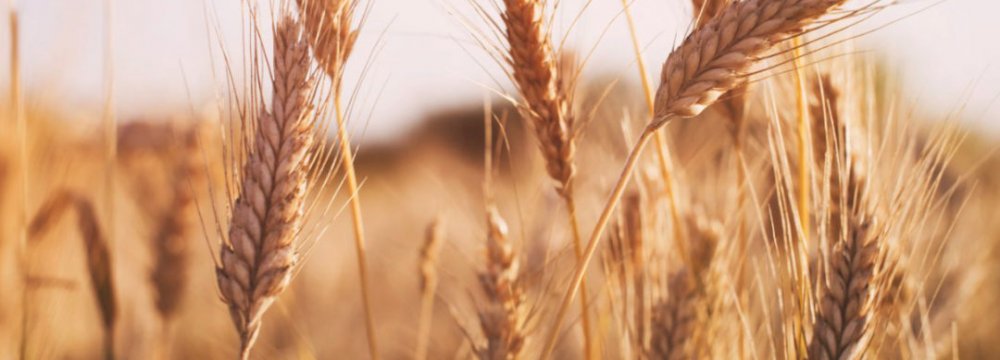
Disclaimer: Copyright infringement not intended.
Context
Wheat
Climate requirement
Soil
To sum up wheat requires a combination of factors including cool climate with moderate rainfall, flat and well drained plain areas, fertile friable loam and heavy inputs in the form of irrigation, HYV seeds, fertilizers and mechanization.
Areas of Cultivation
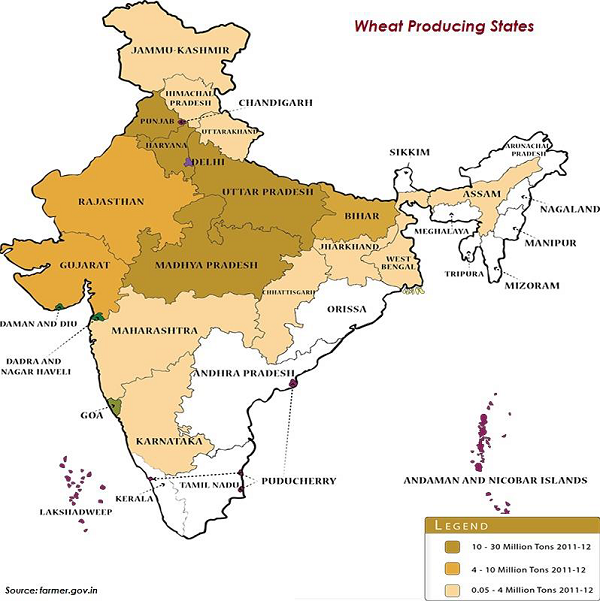
Production
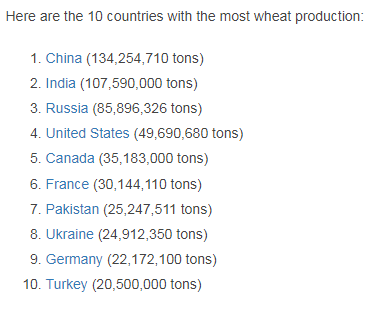
Wheat Exports
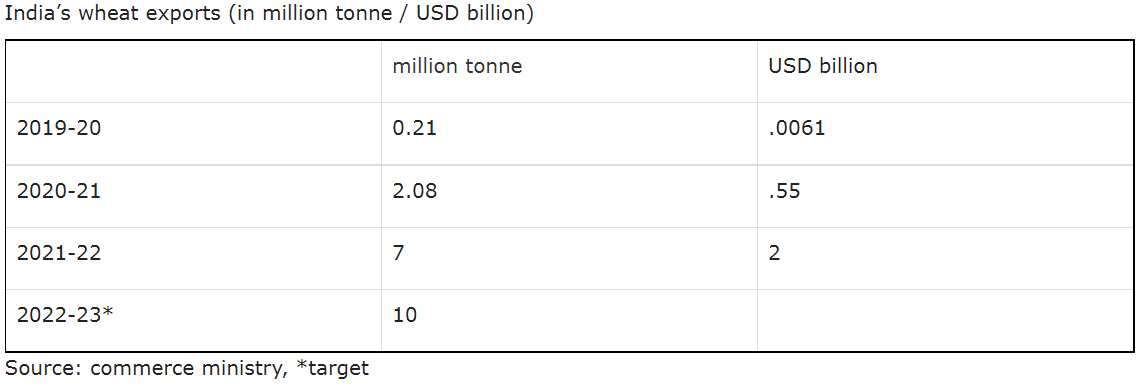
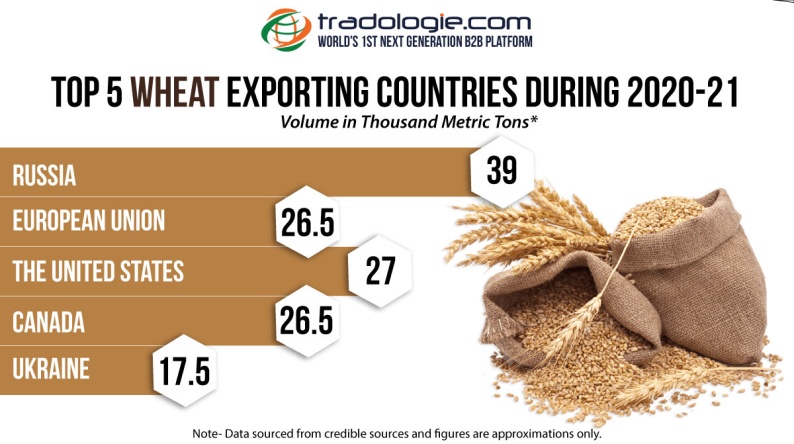
|
The impact of Russia's 2022 invasion of Ukraine on global wheat production Russia and Ukraine together account for nearly 30% of the global wheat trade. As a result, Russia's 2022 military invasion of the Ukraine sent global wheat prices soaring, with Ukraine's production ability compromised and many countries restricting or shutting down trade relations with Russia. Russia is also a major supplier of fertilizer, which is vital to maximizing crop yields, which adds another layer of complication for farmers. |
© 2024 iasgyan. All right reserved